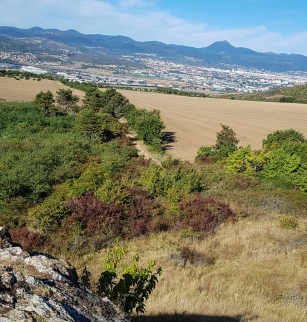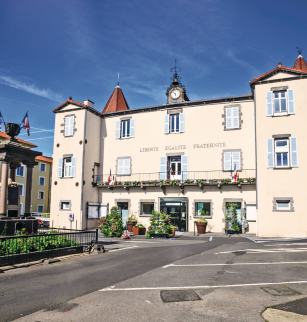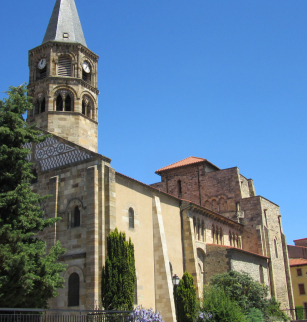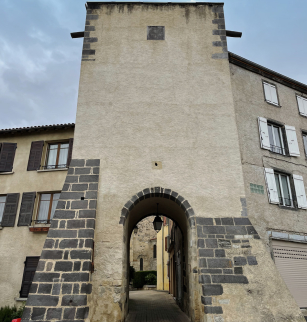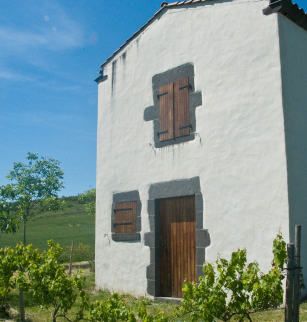Maison vigneronne traditionnelle à Cournon-d'Auvergne
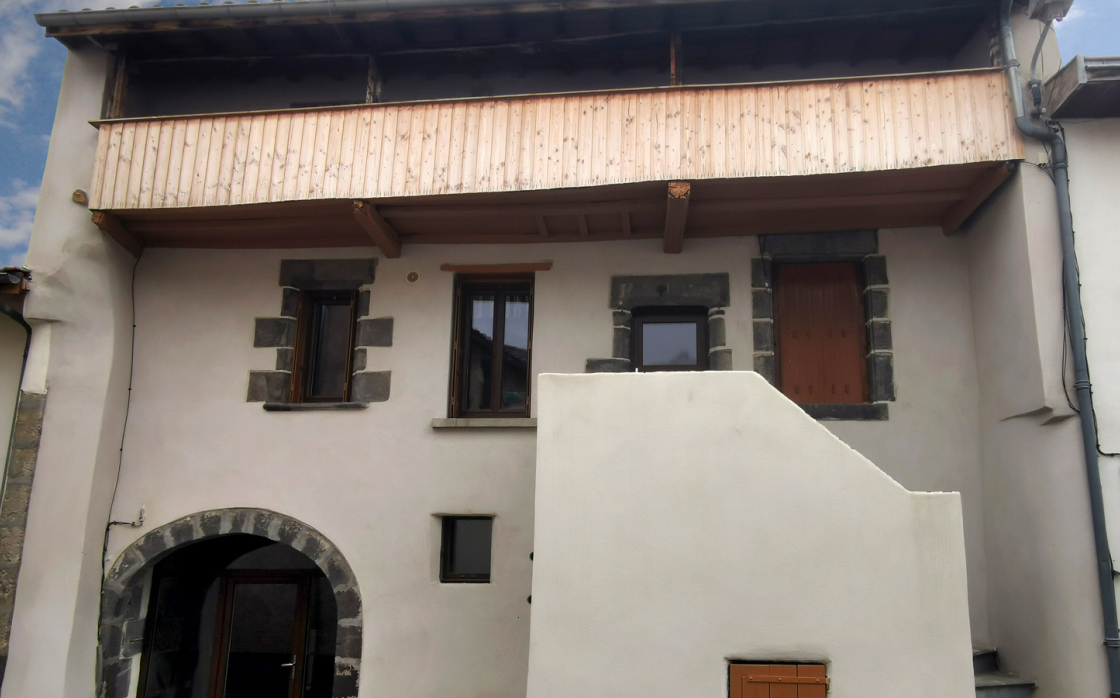
The winemaker’s house is testimony to a previously prosperous business in Cournon-d’Auvergne and on all the hillsides of Limagne: vine growing.Traditionally it housed both the business premises and the living quarters.
The winemaker’s house is testimony to a previously prosperous business in Cournon-d’Auvergne and on all the hillsides of Limagne from the Middle Ages to the 19th century: vine growing
Winemaker houses were traditionally built as narrow constructions in order to easily fit into the very dense urban network of the villages, in the centre of the hamlet. The working and living areas were located one above the other and were often based on the same model. The house comprised a buried cave for wine storage, with a vat room on the ground floor with easy access via a large opening onto the street, with this room dedicated to grape treading and pressing as well as fermentation of the wine in a wooden vat.
An exterior staircase on the façade led to the upper floor where the living quarters for the winemaker and their family were located, formerly made up of a shared room with kitchen and beds with curtains, along with a small cellar or scullery (rear kitchen). The staircase landing, the estre, was generally covered by a canopy or roof eaves, the “courcour”. Sometimes an exterior wooden attic suspended from the roofing of the façade wall, under the roof eaves, was used for drying nuts, onions, garlic and medicinal plants. They are known as galetas. All space is used. Including the under-stairs space which was used as a pig-pen to house the pig!
Musée de la vigne et du vin, 24 avenue Jean Noëllet in Aubière, recounts the history of the vineyards of Basse-Auvergne and its expertise, from planting to the winemaking process.
Additional information
Visit from the outside only.

